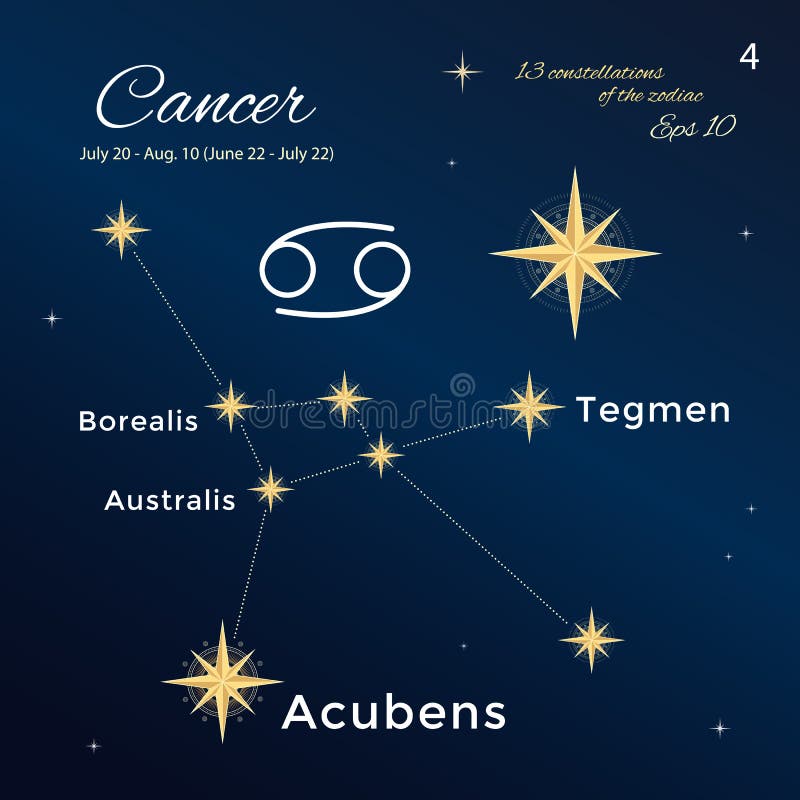
Tiu nomo estis sendepende sugestita de K. Memorante, ke ĝi estas la unua malkovrita asteroido kun retrograda orbito, ĝia nomo Dioretsa estas la vorto Asteroid' skribita inverse.
20461 dioretsa pro#
La asteroido (2000) HE 46, kies orbito similas tiun de Dioretsa, povas esti ero derompita pro alfrapo. Ĝia Jupitera MOID estas nur 0,174163 AU (26,054 milionoj da km). Pro sia aphelio de pli ol 6,7 miliardoj da km, ĝia orbito krucas tiujn de Jupitero, Saturno, Urano kaj Neptuno: ĝi estas klasifikata kiel jupiterrenkonta, saturnrrenkonta, uranorenkonta kaj neptunrenkonta asteroido. Ĝi havas tre discentran kaj retrogradan orbiton, similan al tiu de kometo kiel damokloido, ĝi povas esti neaktiva aŭ estingita kometo ĝi estus objekto devenanta de la oorta nubo. Ĝi estis malkovrita la 8-an de junio 1999 en la kadro la kampanjo "LINEAR" ( Lincoln Near-Earth Asteroid Research) elde la situejo de Socorro de la Laboratorio Lincoln ( Nov-Meksiko, Usono). Retrieved 27 June 2017.20461 Dioretsa estas asteroido de la klaso de la damokloidoj, foje rigardita ankaŭ kiel centaŭro.

"Visible to Thermal-Infrared Spectrophotometry of a Possible Inactive Cometary Nucleus".

Retrograde orbit Īn inclination of greater than 90° means that a body moves in a retrograde orbit. As of 2021, it was last observed in 2000 and its orbit still has an uncertainty of 2. Its observation arc begins 12 months prior to its official discovery observation, with a precovery taken by Spacewatch at Steward Observatory in June 1998. Its orbit has an eccentricity of 0.90 and an inclination of 160 ° with respect to the ecliptic. 20461 Dioretsa /da.rts/ is a centaur and damocloid on a retrograde, cometary-like orbit from the outer Solar System. 20461 Dioretsa: asteroid: asteroid with retrograde orbit: astronomy Livic: civil (engineering) trade newspaper, 'a reflection of Civil Engineering' work Rekkof Aircraft: Fokker: Rekkof aircraft are based on Fokker designs business yrneh: henry: A unit of measurement for reciprocal electrical inductance. It orbits the Sun at a distance of 2.4–45.4 AU once every 116 years and 10 months (42,686 days semi-major axis of 23.9 AU). 4 distinctions, 2K views, 43 appreciations, 8 comments, 10 favourites. Category Other, Geometric, Visual poetry, Digital art.
20461 dioretsa series#
The Minor Planet Center lists it as a critical object and (other) unusual minor planet due to an orbital eccentricity of more than 0.5. 44 Dioretsa (20461) series is a creation by the artist Didier Rivierre. It is also a centaur, as its orbit has a semi-major axis in between that of Jupiter (5.5 AU) Neptune (30.1 AU). Classification and orbit ĭioretsa is a member of the damocloids, with a retrograde orbit and a negative T Jupiter of −1.547. Asteroid 20461 Dioretsa 2MASS Asteroid and Comet Survey V2.0 (1 data product) J MAGNITUDE 2MASS J band selected magnitude in the 2MASS survey, or if the source is not detected in the J-band, the 95 confidence upper limit derived from a 4 arcsec radius aperture measurement taken at the position of the source on the Atlas Image.

It was named Dioretsa, the word "asteroid" spelled backwards. The highly eccentric unusual object measures approximately 14 kilometers (8.7 miles) in diameter. It was discovered on 8 June 1999, by members of the LINEAR team at the Lincoln Laboratory Experimental Test Site near Socorro, New Mexico, United States. ə ˈ r ɛ t s ə/ is a centaur and damocloid on a retrograde, cometary-like orbit from the outer Solar System.


 0 kommentar(er)
0 kommentar(er)
